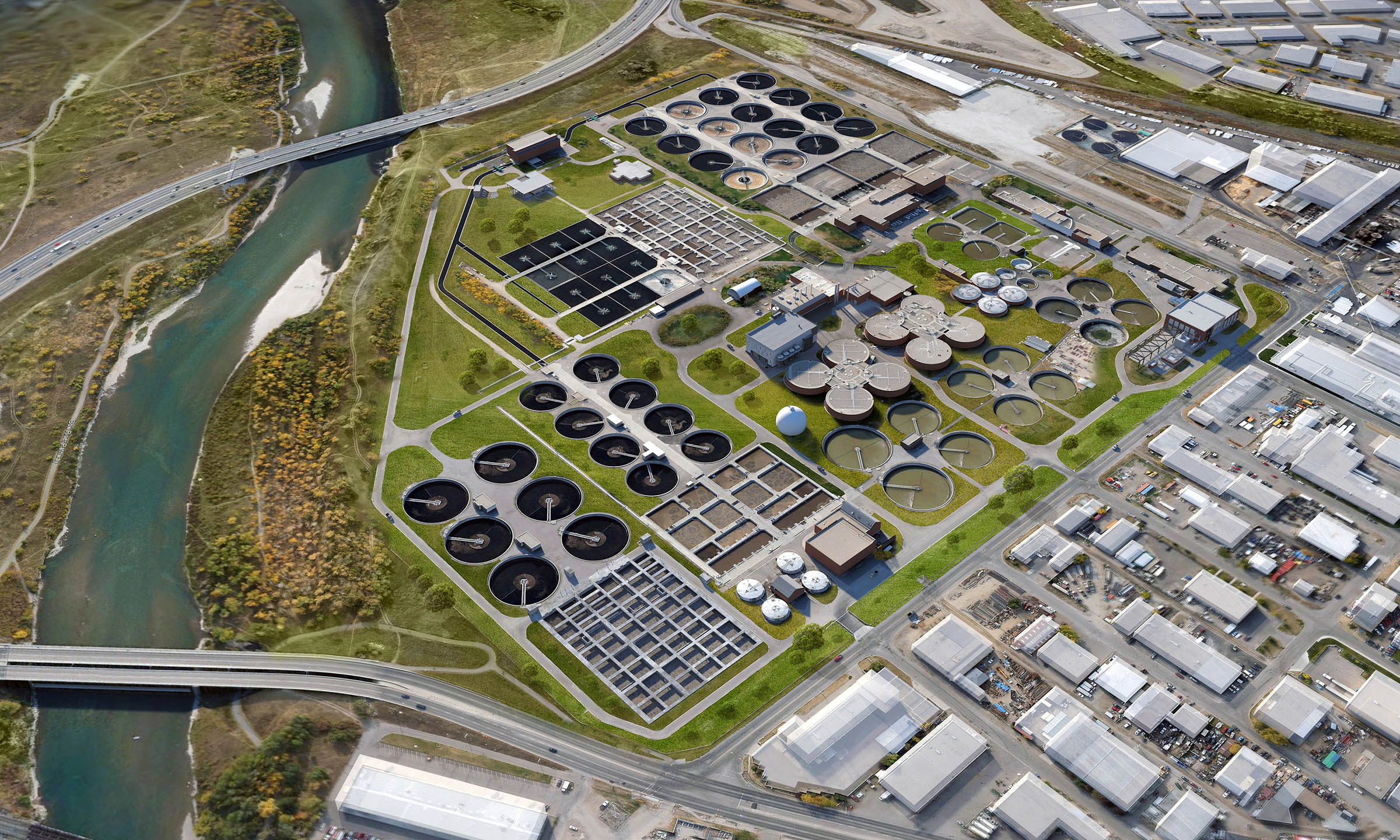Strategic Approaches to Boost Waste Water Therapy Effectiveness and Minimize Ecological Influence
In the world of waste water treatment, the pursuit for enhanced effectiveness and decreased ecological impact is a perpetual obstacle that demands strategic services. The combination of innovative therapy technologies, energy-efficient procedures, resource recuperation approaches, enhanced nutrient elimination strategies, and wise monitoring and control systems represents a multifaceted framework for dealing with these pushing issues.
Advanced Treatment Technologies
Cutting-edge membrane filtration systems have transformed sophisticated wastewater therapy procedures, substantially enhancing the elimination of contaminants. This modern technology has actually shown to be very reliable in getting rid of a broad array of impurities, consisting of drugs, heavy steels, and natural substances, which are often testing to remove with conventional treatment methods.
Additionally, membrane filtering systems supply many benefits over conventional therapy strategies. In addition, these systems are very flexible and can be quickly incorporated into existing treatment plants or made use of as standalone devices for decentralized applications.
Energy-Efficient Procedures
The combination of energy-efficient processes in wastewater therapy systems is crucial for enhancing source utilization and lowering operational expenses. One key approach to improving power effectiveness in wastewater treatment is the usage of advanced aeration systems, such as fine bubble diffusers or surface aerators, which can improve oxygen transfer performance and reduce energy usage.
In addition, enhancing process control and automation through the use of advanced sensors and keeping track of systems can enhance overall energy efficiency by readjusting procedures in real-time based on actual demand and problems. Applying energy audits and on a regular basis keeping an eye on energy efficiency indications are vital practices to identify locations for renovation and track energy-saving campaigns properly. In general, the fostering of energy-efficient processes in wastewater therapy not just benefits the environment but likewise adds to long-term expense financial savings and functional sustainability.
Resource Recovery Techniques
With a concentrate on optimizing resource application and sustainability in wastewater therapy systems, the implementation of source healing techniques becomes a pivotal facet in improving operational efficiency. Source healing approaches in wastewater treatment entail the identification and removal of valuable sources from the waste stream, thereby transforming what was when considered waste right into an important property. By applying source recuperation techniques such as nutrient elimination and recovery, power generation from organic issue, and the manufacturing of multiple-use water, wastewater therapy plants can minimize ecological effect while making best use of efficiency.

Enhanced Nutrient Elimination Methods
Carrying out sophisticated nutrient elimination techniques is essential for maximizing the effectiveness of wastewater treatment systems. Boosted nutrient removal plays an important duty in lessening the ecological effect of cured effluent discharged into water bodies. Among the crucial strategies used for enhanced nutrient removal is the procedure of biological nutrient removal (BNR), which includes the removal of nitrogen and phosphorus through organic processes. This can be achieved with using specialized microorganisms that can convert nitrogen compounds right into inert nitrogen gas via denitrification, and build up phosphorus within their cells via a procedure called boosted biological phosphorus elimination (EBPR)

In enhancement to BNR, progressed treatment techniques such as membrane bioreactors (MBRs) and constructed marshes can additionally be employed to improve nutrient removal efficiency. By incorporating these advanced nutrient removal methods right into wastewater therapy sectors, municipalities and systems can effectively minimize nutrient pollution and shield the atmosphere.
Smart Monitoring and Control Systems
Making use of sophisticated technology, the integration of smart surveillance and control systems changes the functional efficiency of wastewater therapy facilities. These systems incorporate sophisticated sensors and information analytics to constantly keep track of vital criteria such as pH degrees, turbidity, dissolved oxygen, and circulation prices in real-time. By gathering and analyzing this information, drivers can gain important insights into the performance of the treatment procedures, enabling positive changes to enhance treatment effectiveness.
Smart tracking and weblink control systems also sustain remote monitoring abilities, allowing operators to gain access to real-time information and control features from off-site areas. This remote access enhances functional versatility and responsiveness, enabling swift interventions in situation of system breakdowns or fluctuations in influent high quality. In addition, the anticipating maintenance abilities of these systems assist stop devices failures and minimize downtime, ultimately boosting the total dependability of wastewater treatment procedures (Waste Water Treatment).
Conclusion
In final thought, tactical techniques such as innovative therapy modern technologies, energy-efficient processes, source recovery techniques, improved nutrient elimination methods, and clever tracking and control systems play a vital duty in improving wastewater therapy performance and reducing ecological influence. By executing these strategies, wastewater treatment plants can improve their total performance, reduce power intake, recuperate valuable resources, and guarantee conformity with environmental regulations. These approaches are necessary for sustainable and reliable wastewater monitoring methods.

In conclusion, calculated strategies such as sophisticated treatment innovations, energy-efficient procedures, resource recuperation techniques, boosted nutrient removal techniques, and clever surveillance and control systems play a vital role in enhancing wastewater treatment effectiveness and decreasing environmental influence.